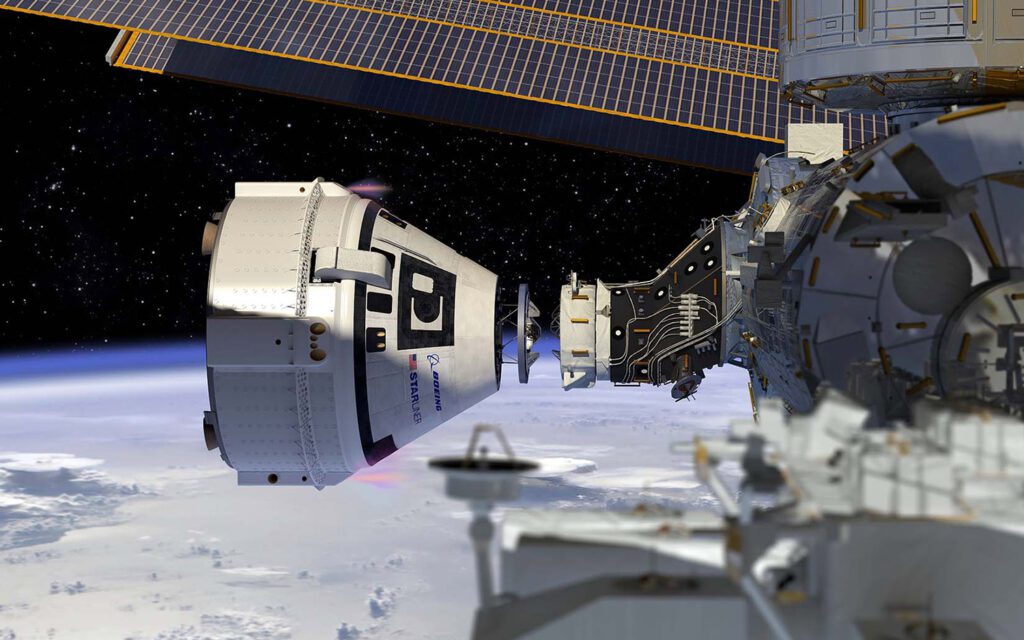ButSpeak.com
News which Matters.

NASA announced Friday that Boeing’s Starliner capsule “Calypso” will remain at the International Space Station (ISS) for twice as long as initially planned. Originally scheduled for a nine-day mission, the crew flight test will now span at least 17 days, with Calypso set to return to Earth on June 22. The capsule will depart the ISS at 11:42 p.m. ET on June 21, landing approximately six and a half hours later at 6:26 a.m. ET.
This mission, a significant step toward NASA certifying Boeing for operational crewed missions, includes astronauts Butch Wilmore and Suni Williams, who will pilot the spacecraft back to Earth. The extension allows NASA and Boeing to conduct a variety of tests on Starliner while it remains docked at the ISS, further validating the spacecraft’s capabilities.
Calypso’s extended mission includes operating the capsule’s hatch, firing seven thrusters, and checking cabin air temperature. NASA mentioned that additional “safe haven” testing will be repeated, ensuring the spacecraft can serve as an emergency shelter if needed. The agency confirmed that the spacecraft remains safe for crew emergency return scenarios within flight rules.

NASA deferred further comments until a press conference scheduled for Tuesday. This crew flight test represents the final significant hurdle before NASA certifies Boeing’s Starliner for six-month operational missions.
The mission has encountered several challenges. Before launch, a helium propulsion system leak was identified but deemed non-threatening, allowing the launch to proceed. Since docking, four more helium leaks have been detected. Despite these issues, NASA confirmed that Calypso has sufficient helium capacity for the return trip.
Additionally, five of Starliner’s 28 reaction control system (RCS) thrusters malfunctioned but were largely recovered through troubleshooting. NASA plans to conduct hot fire testing on seven thrusters before undocking to evaluate their performance.
Boeing Vice President Mark Nappi stated that despite the mission’s extension, “We have plenty of margin and time on station remaining.”
Starliner, initially seen as a competitor to SpaceX’s Dragon, has faced numerous setbacks, pushing it into a secondary role. SpaceX has successfully completed 12 crewed missions to the ISS over the past four years, while NASA plans to alternate astronaut flights between SpaceX and Boeing.